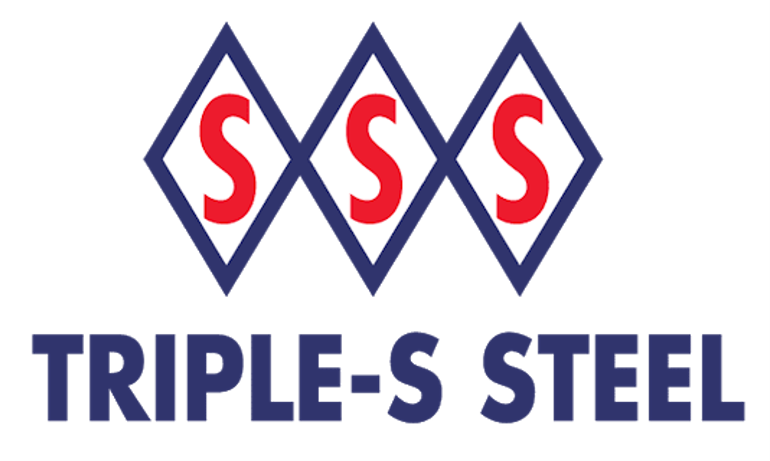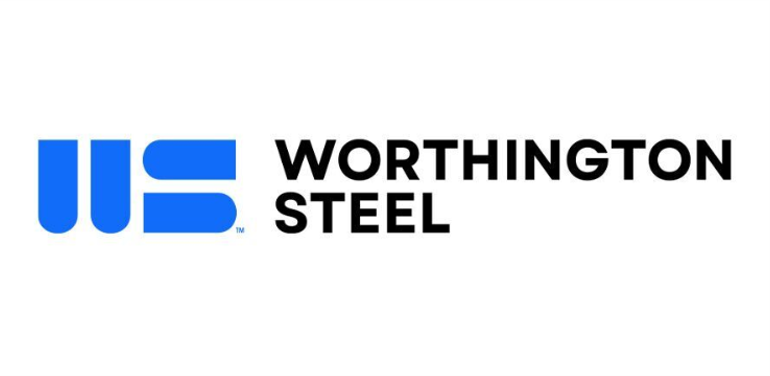Service Centers

Distributors Report a Brief Lull in Secondary Sales
Written by Tim Triplett
August 21, 2018
Distributors of secondary steel report generally positive market conditions, though the nonprime sector has experienced a bit of a lull in recent weeks. Secondary steel is nonprime or excess material that did not meet the specifications for its original intended use, but is acceptable to other buyers for other applications.
The spot market on nonprime material has been very sluggish, said Greg Gross, president of Affinity Metals, Bedford Park, Ill. “People are buying what they need, nothing more.”
The secondary market is in the midst of a change, said Lisa Goldenberg, president of Delaware Steel Co. of Pennsylvania, Fort Washington, Pa. “Two weeks ago, things were really humming along. We could sell what we had and could pass on the higher cost to most accounts. More recently, things have really slowed down. I think people are taking a breather on the cash side. When steel costs so much, it is really hard to finance.”
Prices for secondary steel have followed prime prices up to unusually high levels as steel supplies have tightened in the wake of the Trump administration tariffs. Indeed, secondary prices have remained at high levels even as the prices for prime steel have softened in August.
“The most desirable vanilla grades of secondary continue to stay up in value, even in the generally flatter demand environment of the moment,” Gross said. “Secondary nonprime keeps getting closer and closer to the prime number because there is less and less of it out there.”
The tariffs have reduced imports and tightened prime steel supplies, which has had the same effect on nonprime, explained Goldenberg. Not every coil that is less than perfect finds its way into the secondary market. “Customers are more willing to accept a coil with minor defects because it is not so easy to replace when the market is short.”
Thus, the challenge for those selling secondary is getting enough material to meet customers’ needs in a market where supplies are tight, on top of the inventory risk from having to pay such high prices for the material.
Availability of secondary flat rolled is generally good, but certain high demand items, such as 12/16/18 gauge and light-gauge galvanized, have been scarce, said Mike Barnett, president of Grand Steel Products in Wixom, Mich. “The lack of availability on nonprime in the good gauges and grades has been challenging. There is typically a high premium when we do see it. In some cases, the material can match or exceed prime pricing.”
Secondary prices are not that different than prime, and in some cases can even be higher, agreed Goldenberg. “Secondary also means just-in-time. You can sometimes charge extra for that secondary coil that is sitting on your floor because you can deliver it right away and the customer does not have to wait.”
Grand Steel is seeing more advanced high-strength coils on the secondary market, but the company deals in only the softest of the AHSS grades. “We typically do not buy material harder than a DP590. The mills have thrown out some test balloons on AHSS 780+, but I do not believe they have been overly successful moving these grades into non-auto markets,” Barnett said.
Delaware Steel is also seeing more trade in secondary AHSS. “We are seeing a lot of the higher grades of dual-phase steel. We are just learning how to use it, what it can and can’t do,” Goldenberg said. The secondary market is actually helping AHSS to proliferate beyond the automotive sector, she added. “A coil that fails and is deemed secondary can’t go back into automotive, so it is available to other industries. But getting customers to try something new is very challenging.”
Goldenberg expects the current lull in the market to be short-lived. “Activity always picks up in an election year. This is an important election [in November] and things always hop up before an election.”

Tim Triplett
Read more from Tim TriplettLatest in Service Centers

Triple-S closes on American Stainless Tubing buy
Triple-S Steel Holdings has closed on its previously announced acquisition of American Stainless Tubing.

Worthington Steel fiscal Q4 profit rises despite sales drop
Worthington Steel earnings rose while sales fell in its fiscal fourth quarter.

Friedman’s profits tick higher on record quarterly sales volumes
Friedman Industries' earnings increased in its fiscal fourth quarter ended March 31.

Worthington expands European presence with closing of Sitem deal
The Ohio-based steel processor is now the majority owner of Italy's Sitem Group, which has six manufacturing sites across Italy, Switzerland, Slovakia, and France.

Klöckner narrows Q1 loss, targets growth in North America and Europe
Germany’s Klöckner & Co. reported a narrower loss in the first quarter as the company targets becoming the “leading” service center and metal processing firm in North America and Europe by 2030.
